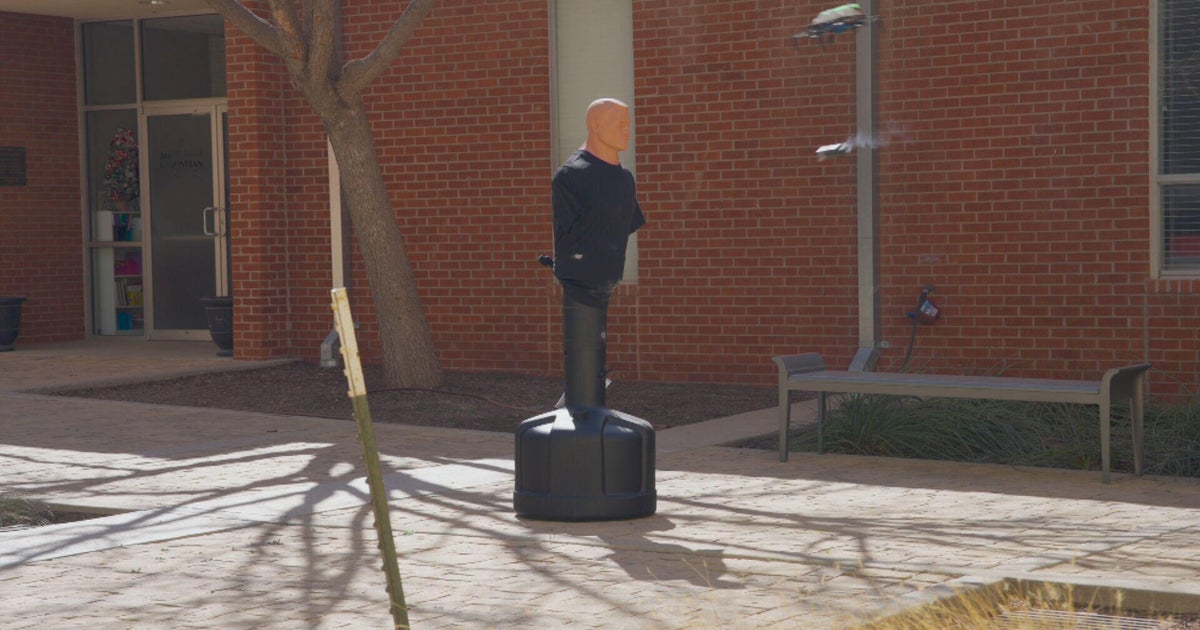Colorado Schools Explore Drone Tech for Enhanced Safety Amid Active Shooter Concerns

Colorado schools are increasingly looking towards innovative solutions to bolster safety and security, particularly in the face of rising concerns about active shooter events. A recent exploration into drone technology has revealed promising possibilities for rapid response, enhanced surveillance, and improved situational awareness. This article delves into how this technology could be implemented and the potential benefits it offers to students, staff, and first responders.
The Growing Need for Enhanced School Security
The tragic reality of school shootings has spurred a nationwide effort to improve safety measures. Traditional security protocols, while important, often face challenges in providing real-time information and rapid response capabilities. Drones offer a unique advantage in this regard, providing a bird's-eye view of school grounds and surrounding areas, allowing for quicker identification of potential threats and more efficient deployment of resources.
How Drone Technology Can Help
Several key applications of drone technology are being considered for Colorado schools:
- Real-Time Surveillance: Drones equipped with high-resolution cameras and thermal imaging can provide a constant stream of live video footage, allowing security personnel to monitor school grounds and identify suspicious activity in real-time.
- Rapid Response to Active Shooters: In the event of an active shooter, drones can be deployed immediately to assess the situation, locate the shooter, and provide vital information to law enforcement. This can significantly reduce response times and potentially save lives.
- Search and Rescue: Drones can be used to quickly search for missing students or staff, especially in large or complex school environments.
- Post-Incident Assessment: After an incident, drones can be used to document the scene and gather evidence for investigations.
- Communication Relay: Drones can act as a communication relay in areas with poor cell service, ensuring that first responders can maintain contact with each other and with command centers.
Addressing Concerns and Challenges
While the potential benefits of drone technology are significant, there are also concerns that need to be addressed. These include:
- Privacy Concerns: Implementing drone surveillance raises questions about student and staff privacy. Clear policies and guidelines are needed to ensure that drones are used responsibly and ethically.
- Cost: The initial investment in drone technology, as well as ongoing maintenance and training costs, can be substantial.
- Regulations: Schools must comply with all relevant federal and state regulations regarding drone operation.
- Pilot Training and Expertise: Trained and licensed drone pilots are essential for safe and effective operation.
Moving Forward: A Collaborative Approach
The successful implementation of drone technology in Colorado schools will require a collaborative effort involving school districts, law enforcement agencies, technology providers, and community stakeholders. Open communication, careful planning, and a commitment to ethical and responsible use are crucial. Pilot programs and thorough evaluations are recommended to assess the effectiveness and address any concerns before widespread adoption.
The exploration of drone technology represents a proactive step towards enhancing school safety in Colorado. By carefully considering the potential benefits and challenges, schools can leverage this innovative technology to create a safer and more secure learning environment for all.






